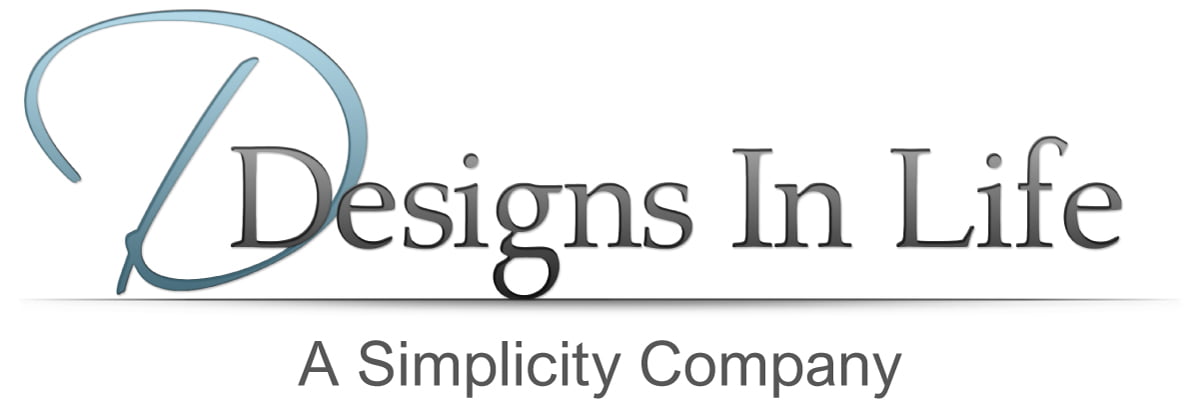MIDDLE MARKET WIDE OPEN FOR DI
It seems that being in the middle is never where we want to be. But when it comes to disability insurance (DI), just the opposite is true. In fact, being in the middle — the middle market that is — has never been better.
Who is the middle market? It is the people you see every day — the people with whom you work and socialize. In fact, take a few minutes right now to think of as many people as you know in different occupations.
How many of them fall into the middle market? Chances are, most, if not all of them. You now have a list of prospects to target for DI. For the middle market, it is likely that their income is their most important asset. For them, bringing home a paycheck is a necessity, not a luxury.
They count on their income, but do they protect it? Chances are they do not. Most of them don’t know about DI or they simply haven’t been approached. After broaching the subject of how important income is, just ask the question: “What would happen if you were unable to work for an extended period of time?”
Another way to initiate the middle market sale is to go through the employer. Small business owners are very receptive to the idea of an employee-paid disability product — especially because of the high cost of health insurance. While many business owners won’t’ be able to afford to pay premiums for a disability plan, they might be excited about the multi-life discounts that are available from some carriers on as few as three people. These employers recognize the importance of helping their employees protect their paychecks. Examples of probable clients might include a five-person carpenter firm or a trucking owner and his four drivers.
Many small businesses would have a hard time making ends meet if the owner or a key person were to be taken out of the picture for 6 months or more due to prolonged illness or an accident or injury off the job. If that person were critical in keeping revenues coming in, Business Overhead Expense (BOE) should definitely be considered in order to pay fixed expenses (utilities, rent, salaries, etc.) until that person returns. Premiums may be tax-deductible as a business expense while benefits are taxable. But, since the BOE benefits go to pay business expenses, they can be deducted for that tax year. It’s essentially a wash. This type of DI coverage is really a “no-brainer” for middle-market business owners. It keeps “the doors open” until the disabled person returns or the business can be sold while still up and running and profitable.
If the business is a partnership, there should be a buy-sell agreement funded by both life insurance and disability buy-out (DBO) insurance. Be sure to get an introduction to the business’s attorney and accountant to make sure this important business continuation planning factor is not overlooked. A disabled partner is unable to make any contribution to the company, but the company still feels an obligation to pay that person. DI Buy-Out insurance pays the disabled partner a fair, lump-sum benefit so that he can’t invest that amount and live with dignity. The business continues without the burden of expending capital on a non-productive owner.
Larger companies and higher-net worth clients need these disability contracts as well. And, commissions may be a lot higher. But, the length of time it takes to make the sale is much longer. You could sell 10 DI policies to the middle market before getting a closing appointment with the upper class.
The middle-class is a wide open and under-utilized source of DI referrals and sales. Go for it!
